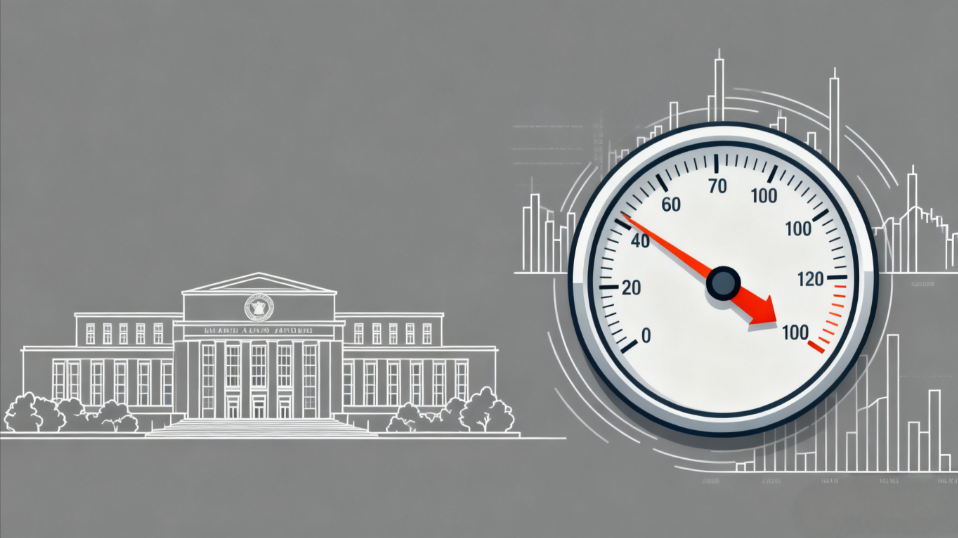
Revitalization of Inefficient Industrial Land in Shanghai
Against the backdrop of current urban high-quality development, revitalizing inefficient industrial land has become a core challenge. The extensive urbanization model in China has led to an excessively high proportion of industrial land, creating a severe supply-demand imbalance. These land parcels also face multiple challenges, including outdated infrastructure, environmental pollution, and complex redevelopment processes.
In the field of urban renewal, Shanghai has consistently been at the forefront nationwide. In 2023, Shanghai proposed a dominant strategy of "Two Assessments, One List, One Revitalization" for inefficient industrial land and officially launched a special campaign in April 2024. This strategy involves conducting comprehensive performance assessments and comprehensive value assessments of industrial land to form a categorized list. Revitalization is then advanced based on the principle of "supporting capacity increase for Category A/B, guiding renewal for Category C, and restricting renovation and expansion for Category D."
To date, Shanghai has revitalized and disposed of 45 square kilometers of inefficient industrial land. An additional 30 square kilometers are scheduled for renewal in 2025, with a focus on areas such as "Greater Hongqiao," "Greater Dongfang," "Greater Wusong," "Greater Wujing," and the surroundings of the Middle Ring Road transit line.
Recently, Luo Jin, Head of Industrial and Logistics Services and Investment & Capital Markets for Savills China, stated in an interview with the International Finance News that these areas, through revitalization, will release large, contiguous tracts of land suitable for high-intensity development, becoming core potential sectors for driving Shanghai's rapid industrial development in the future.
The latest whitepaper released by Savills, "Revitalization and Upgrade of Inefficient Land and Assets," also proposes a systematic revitalization strategy: through industry-oriented design and spatial restructuring, promote industrial upgrading towards higher value-added sectors and encourage functional mix; establish green and digital operation management systems, emphasizing ecological restoration and smart operations; leverage financial innovation to complete the capital cycle. Simultaneously, collaboration among the government, market, and society is essential to form a full-lifecycle solution covering planning, industry, ecology, and capital, achieving sustainable value regeneration of land.
















